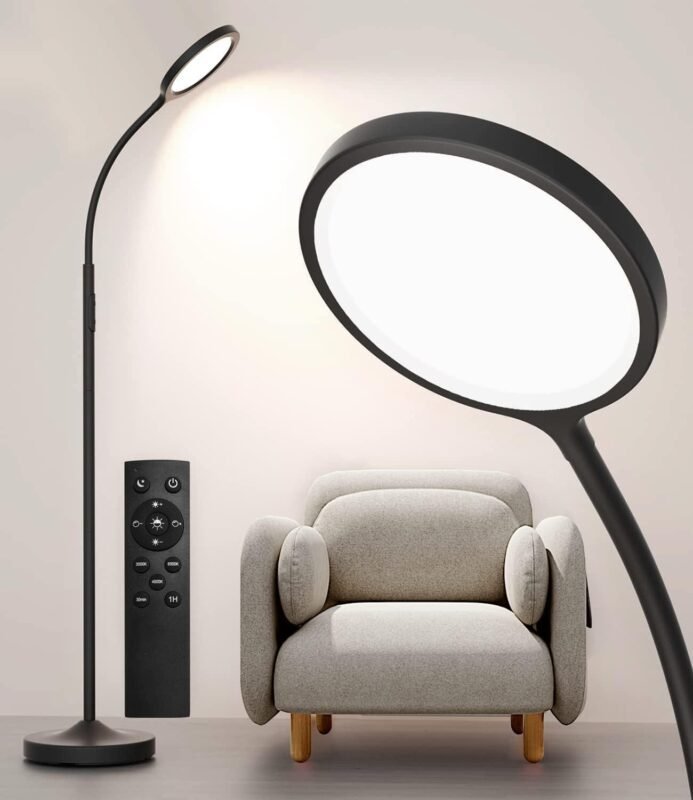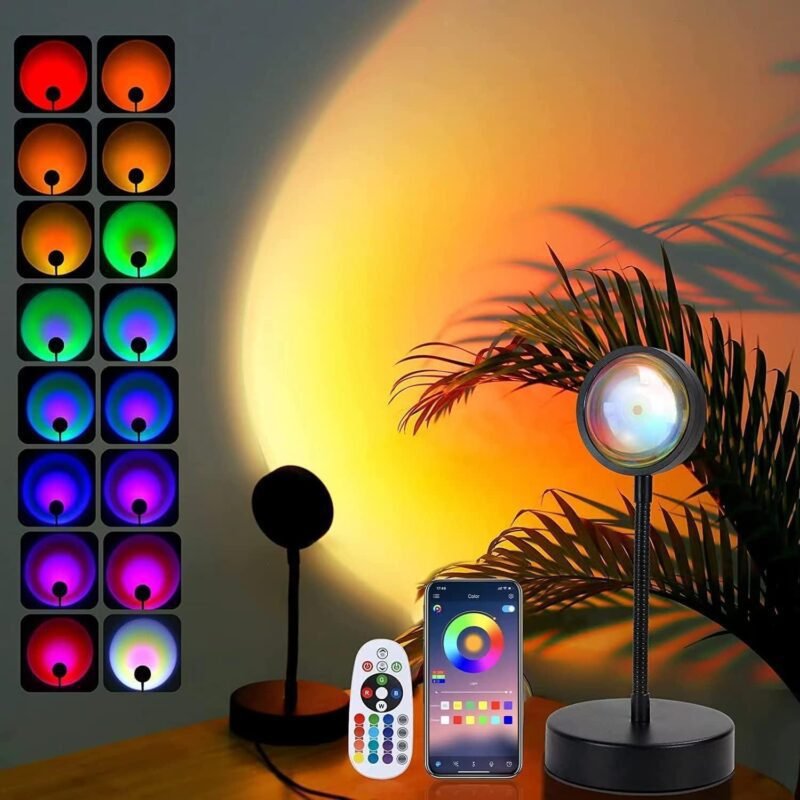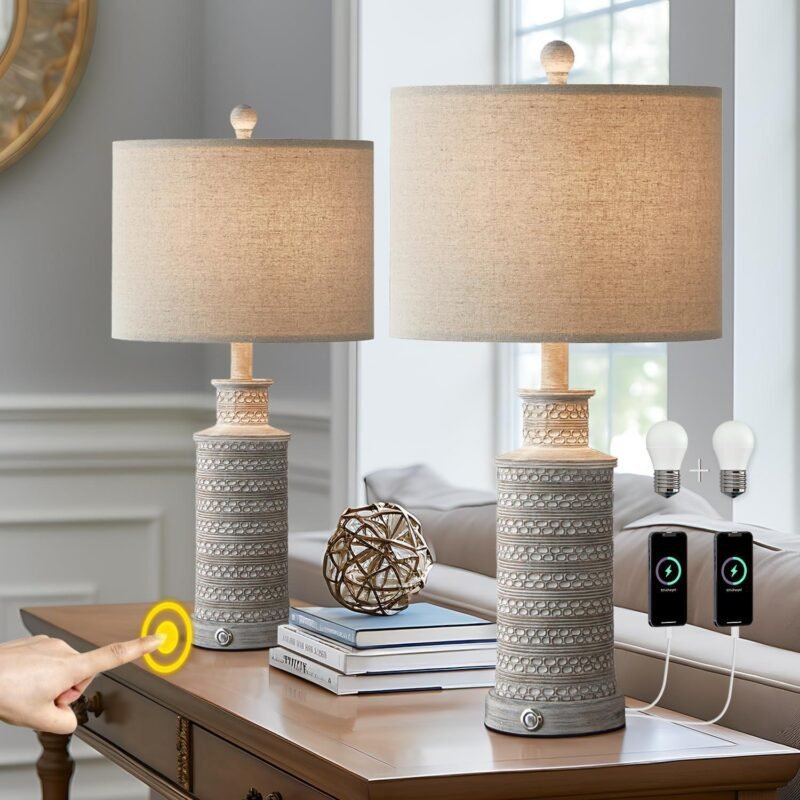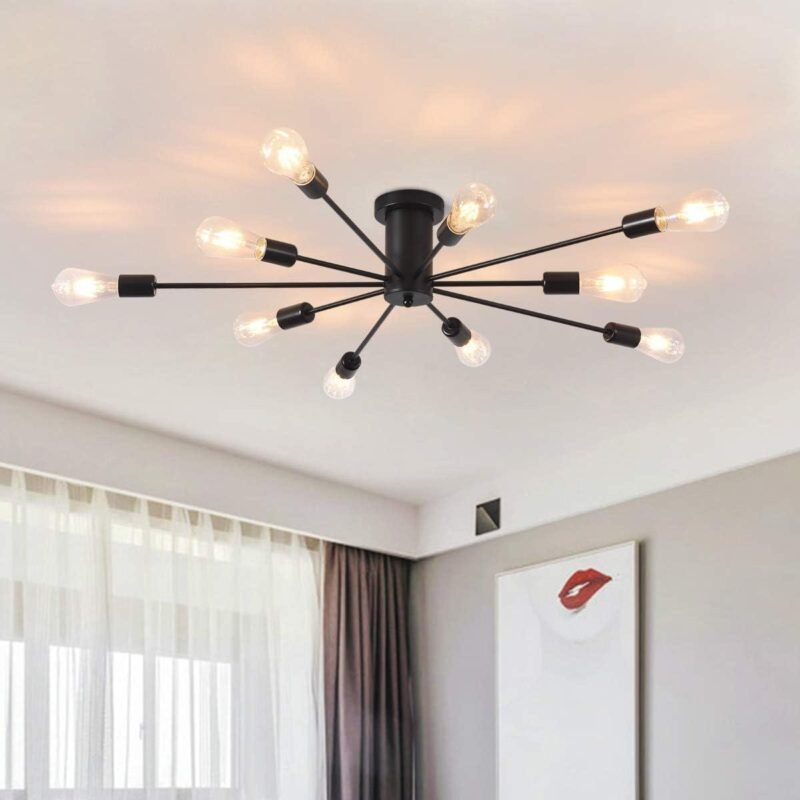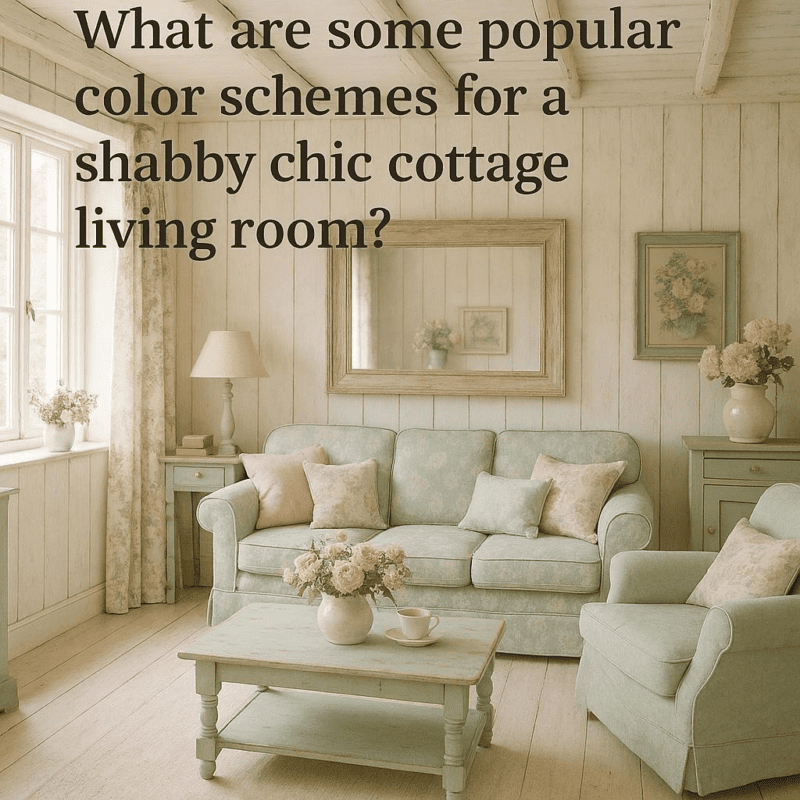Can I use a monochromatic color palette for a sophisticated living room design?
When it comes to designing a living room that exudes sophistication,color choices play a crucial role in setting the mood and style. One approach that has gained popularity among interior designers is the use of a monochromatic color palette—using varying shades, tints, and tones of a single color throughout the space. But is this method truly effective for creating an elegant and refined living room? In this article, we’ll explore the benefits and potential challenges of monochromatic design, offering practical tips on how to master this technique to achieve a stylish and cohesive living room that feels both modern and timeless.
Understanding the Appeal of a Monochromatic Color Palette in Living Room Design
A monochromatic color palette offers a unique form of elegance that can make any living room instantly feel refined and cohesive.By utilizing varying shades, tints, and tones of a single hue, this approach creates a harmonious look that is both visually soothing and complex. The beauty lies in its simplicity—without the distraction of multiple colors, texture, scale, and form become the real stars, allowing you to highlight luxurious materials such as velvet, silk, or matte finishes. this focused color strategy not only brings balance but also invites deeper exploration into subtle contrasts, making your living room design feel intentional and curated.
Embracing a monochromatic scheme also offers practical benefits for decorating. It simplifies color coordination, making it easier to mix and match furniture, accessories, and artworks without worrying about color clashes. Additionally, the approach adapts seamlessly to different lighting conditions, allowing natural and artificial lights to play on the chosen hue to create dynamic moods.To foster sophistication, consider layering in:
- Textural diversity: combine smooth, rough, glossy, and matte surfaces for depth
- Accent pieces: subtle metallics or natural wood tones enrich the palette
- Pattern play: minimalist patterns in the same color family add interest without visual noise
Choosing the Right Shades and Textures to Enhance Sophistication
When working within a single color family, selecting varied shades and textures is paramount to avoid monotony and elevate the room’s elegance. Incorporating lighter and darker hues of the same color can create depth and dimension, allowing different elements to stand out while maintaining harmony. For example, pairing silvery grays with charcoal tones or soft beige with deep taupe brings a natural contrast that pleases the eye without disrupting the monochromatic theme.
Textures play an equally vital role in adding sophistication to a monochromatic palette. Consider mixing smooth velvet cushions, coarse woven rugs, and polished metallic accents to introduce tactile diversity. Hear’s a simple guide to texture combinations that work beautifully together within a monochromatic scheme:
| Material | Texture | Suggested shade |
|---|---|---|
| Velvet Upholstery | Soft, plush | rich jewel tones within same color |
| Linen Curtains | Light, airy | Muted pastels or off-white |
| Woven Rugs | Coarse, natural | Earthy mid-tones |
| Metal Accents | Polished, reflective | Matte or brushed finish |
Balancing thes elements creates a layered and luxurious ambiance that makes the monochromatic living room feel thoughtfully curated rather than flat or boring.
Incorporating Contrast and Lighting for Depth and Visual Interest
Using a monochromatic color palette doesn’t meen your living room has to look flat or dull. The magic lies in how you play with contrast and lighting to create layers and depth. For example, pairing lighter shades with deeper, richer tones of the same color can highlight architectural features or focal points. Lighting, both natural and artificial, enhances this effect by casting shadows and highlighting textures, which brings an otherwise simple scheme to life. Consider combining matte and glossy finishes on walls, furniture, and decor to invite more visual interest without breaking the color harmony.
Incorporating various lighting sources in different intensities and positions allows you to manipulate the perception of space. Here are a few creative ideas to enhance depth:
- Layered lighting: Use a mix of ambient, task, and accent lighting to create varying moods and highlight textures.
- Directional lighting: Focused spots or wall washers can emphasize artwork or architectural curves.
- Reflective surfaces: Mirrors and metallic accents bounce light and add dimensionality.
| Element | effect | Tips |
|---|---|---|
| Wall Shades | Creates depth with light-to-dark transitions | Use gradient painting or layered wall panels |
| Lamps & Fixtures | Sets mood and highlights features | Combine floor lamps with table and recessed lighting |
| textured Fabrics | Add tactile richness | Choose velvet or woven patterns in varying shades |
Tips for Balancing Simplicity and Elegance in Your Monochromatic Space
Striking the perfect balance between simplicity and elegance in a monochromatic space involves thoughtful layering of textures and materials.Instead of relying on multiple colors, focus on incorporating a mix of fabrics like velvet, linen, and silk to add depth without overwhelming the eye. Use matte and glossy finishes strategically—such as a satin cushion paired with a matte rug—to create subtle contrasts that evoke sophistication. Consider architectural elements as well, like molding or recessed shelving, which can provide clean lines and refined detail without clutter.
To keep the space visually engaging while maintaining harmony, utilize different shades and tones within your chosen color family.A well-executed palette might include soft pastels, mid-tones, and darker hues working together seamlessly. Below is a quick guide on how to combine tones effectively:
| Shade | Use | Effect |
|---|---|---|
| Light (e.g., ivory) | Walls, ceilings | Brightens and opens up the space |
| Mid-tone (e.g., taupe) | Furniture, area rugs | Provides warmth and grounding |
| Dark (e.g., charcoal) | Accent pieces, frames | Adds drama and sophistication |
- Keep decorations minimal: Choose a few statement pieces rather than many small items.
- Mix subtle patterns: Lightweight stripes or soft geometrics enhance visual interest without disrupting the palette.
- Lighting matters: Warm light bulbs and layered lighting styles elevate the elegance factor.
Insights and Conclusions
using a monochromatic color palette can be an excellent choice for creating a sophisticated living room design. By focusing on varying shades, tones, and textures within a single color family, you can achieve a cohesive and elegant look that feels both modern and timeless.Remember to incorporate different materials and finishes to add depth and interest, ensuring your space never feels flat or monotonous. With thoughtful layering and attention to detail, a monochromatic scheme can transform your living room into a stylish and inviting retreat.

